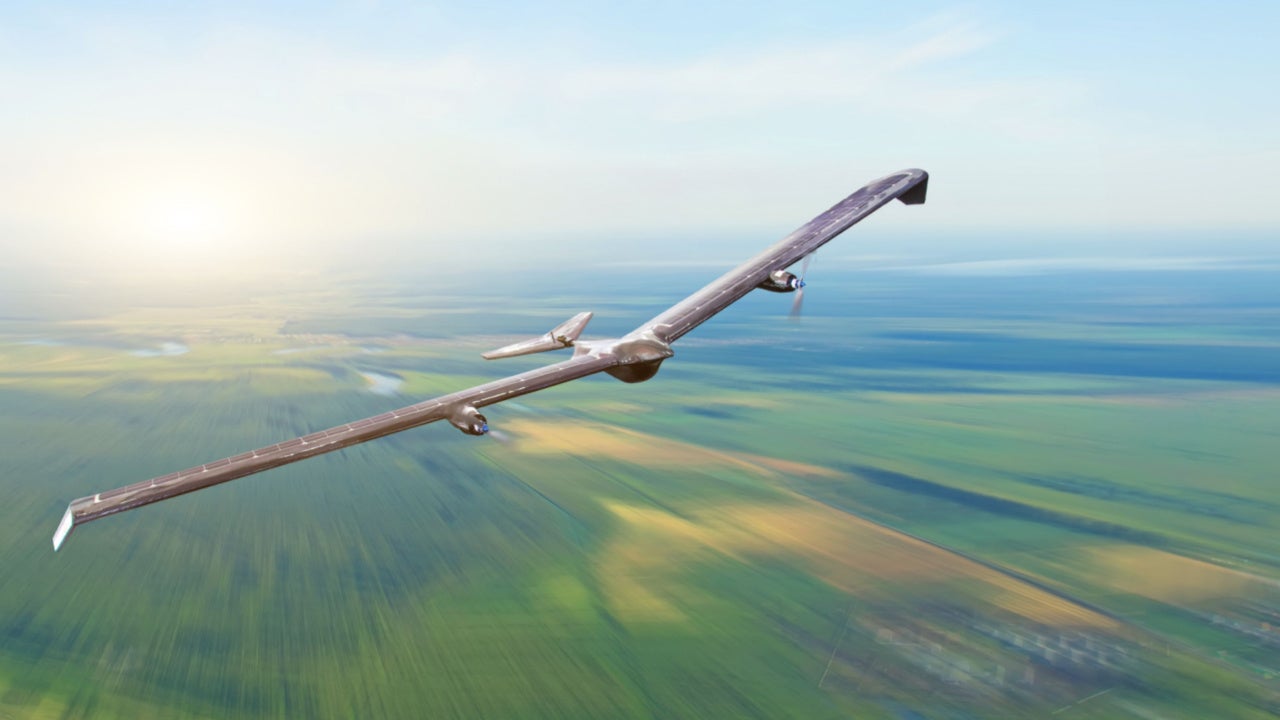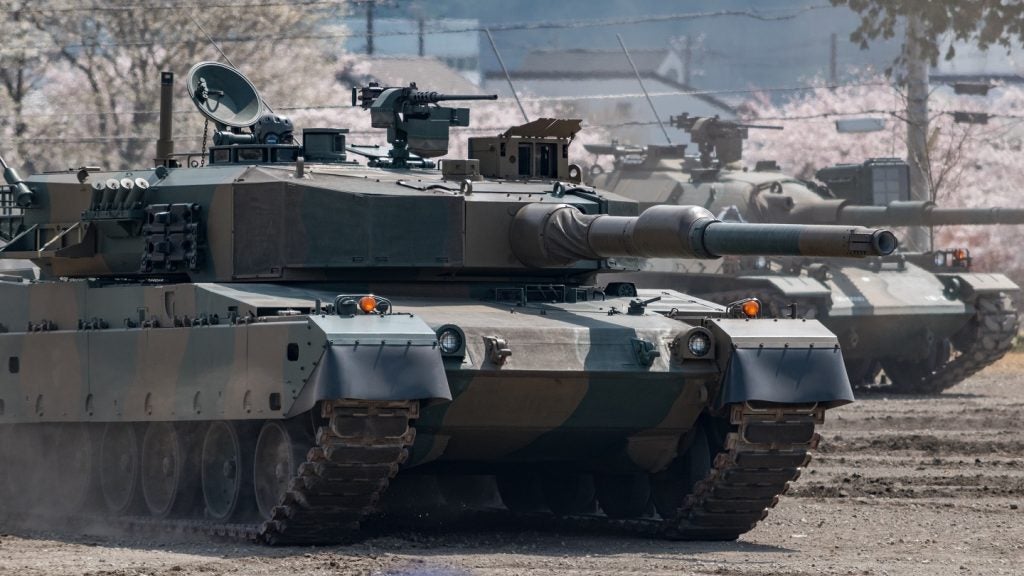High high altitude platform systems (HAPS) are being developed to provide a persistent, yet flexible intelligence, surveillance, and reconnaissance (ISR) capability in defence applications. In comparison to existing capabilities that rely on constellations of Low-Earth Orbit (LEO), Medium-Earth Orbit (MEO), and High-Earth Orbit (HEO) satellites, HAPS could provide comparable services at a more affordable price point. HAPS can also be used in a defence context to enhance communications and provide services such as a secure Long-Term Evolution (LTE) bubble.
Listed below are the key macroeconomic trends impacting the HAPS theme, as identified by GlobalData.
The ‘last billion’ for HAPS
A persistent and longstanding value proposition for the rollout of HAPS commercial communications is for rural and under-developed regions that lack any type of cellular infrastructure. According to UNESCO, in 2019 only 54.8% of households globally had access to the internet. Most households that do not yet have access to the internet are in undeveloped rural areas. For example, in Brazil in 2020, the percentage of urban households with internet access stood at 65%, while rural households with internet access stood at 34%.
Furthermore, the pace at which household internet adoption is growing is slowing, growing by less than 1% annually. This slowing pace demonstrates an inability of conventional communications providers to facilitate services in these areas in a cost-effective manner.
Deploying conventional wireless access network infrastructure in such locations is a challenge for operators due to lower population density, poor terrain, or lack of power and telecommunication infrastructure. Here, there may be an opening for disruptive providers utilising innovative technologies, such as HAPS.
See Also:
Defence applications
HAPS are being developed for the military market to fill a range of capabilities. These include persistent ISR, land/coastal border protection, signals intelligence (SIGINT), and providing connectivity in tactical mission-critical environments.
This is an edited extract from the High Altitude Platform Systems (HAPS) – Thematic Research report produced by GlobalData Thematic Research.









